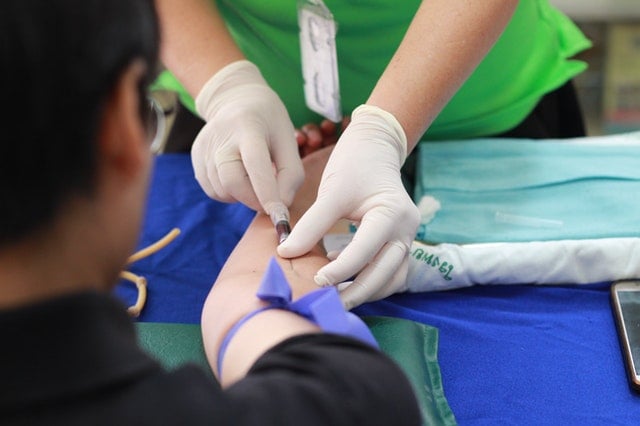I’m newly diagnosed with type 2 diabetes: how can I take care of myself?

According to Diabetes Australia, diabetes is the quickest-growing chronic condition in the country.
If you’ve recently been diagnosed with type 2 diabetes, you may be overwhelmed by information about your condition and have many questions about how to take care of your health.
But you’ve already taken the first step to leading a healthy life with diabetes by getting diagnosed. In this article, we’ll look at the next steps in your journey to taking ownership of your health and managing your condition.
Understanding your treatment
Understanding your treatment is an essential part of successfully managing diabetes.
Most people diagnosed with type 2 diabetes will need to take medicine to help lower the levels of sugar in their blood and keep their condition under control.
You may need to try more than one medicine until your healthcare practitioner is satisfied that they have found the right one for you.
They will explain how to take and store your medication, and how to inject insulin if necessary.
You may also need to check your blood sugar levels regularly using a finger prick test or a special monitor.
While all this may seem daunting at first, with guidance from your doctor or nurse and a bit of practice, you will soon become a pro!
As well as following the treatment plan your healthcare professional has prescribed for you, there are lots of other things you can do to stay healthy and safe. Let’s find out more.
Healthy eating
Healthy eating is especially important for anyone living with type 2 diabetes. It’s the key to managing your blood sugar levels and controlling your condition, rather than the other way round.
While there’s nothing you can’t eat when you are diabetic, it’s advisable to consume only small quantities of foods high in sugar, salt and fat.

Increase your consumption of fresh fruit and vegetables, and include food from the four other food groups. These are starchy foods including bread and pasta, foods containing protein like meat, fish, eggs and beans, dairy and dairy alternatives and oils and spreads.
In short, by aiming for a balanced and varied diet, you will be empowering yourself to manage your diabetes and keep healthy.
Staying active
Exercise is important, as it reduces your blood sugar level and is also great for your overall physical and mental health.
Experts recommend 30 minutes of exercise every day, which can be broken down into three 10-minute sessions.
Any activity counts, as long as it gets you out of breath. If you’re not used to exercising, start with gentle walking, going up and down the stairs at home or gardening.
When you get more confident, you can progress to swimming, running, racquet sports or any other physical activity that appeals to you. It doesn’t matter what it is – in fact, you are more likely to stick to an exercise regime if you enjoy it, so it’s up to you!
Going for check-ups
Going for regular health checks is part of living with diabetes. It’s a way of keeping you healthy, ensuring that you manage your condition and minimising the risk of complications.

You’ll be invited to have your blood sugar level checked every few months. Other checks will take place annually. These include monitoring your feet, eyes, blood pressure, cholesterol level and kidney function.
It’s also really important to look after your health at home. Diabetes can damage the nerves in your feet, so check them every day. You will also need to take care of your skin, as having diabetes means that you may suffer from dryness, so you will need to moisturise more often.
If you notice any other changes to your mental or physical health, you can contact your doctor or diabetes nurse for advice.
Wearing a diabetes medical alert bracelet
Many people with diabetes wear medical ID accessories bearing information about their condition.
This means that in a medical emergency, such as hypoglycaemia where blood sugar drops too low, you will receive appropriate and safe treatment.
Med alerts such as bracelets and IDs can also provide essential contact information so your loved ones will know if you are suddenly taken ill.
For people with diabetes, wearing medical alert accessories and bracelets is one of the ways they can take ownership of their condition, providing peace of mind and allowing them to live life to the full.
Helping you feel in control of your condition
If you’re newly diagnosed with type 2 diabetes, doing everything you can to keep healthy and safe will help you feel in control of your condition. Why not invest in a medic alert bracelet with vital information about your health?
Find ready-to-wear and custom-engraved medical ID bracelets, necklaces and accessories from the Mediband range, with colours and sizes to suit all tastes. For extra peace of mind, they can be linked to a web-based medical database with essential information to use in an emergency.
You’ll love their look and how they make you feel – safe and on top of your medical condition. Contact us to know more about our full range of medical ID products.

